Wondering how to get rid of crickets? You're not alone. I had a constant chirping in my garage that I couldn't seem to get rid of, so I did some research. The result is this guide which shows you all you need to know.
How to Get Rid of Crickets in 6 Easy Steps
Is the constant chirping of a cricket infestation keeping you awake at night? This guide can help you get rid of crickets.
You can clear up and prevent cricket infestations in 6 easy steps:
- Identify where the infestation is
- Determine the type of cricket to properly eliminate them
- Target nesting areas
- Vacuum thoroughly to get rid of eggs
- Clean up your yard to discourage nesting
- Use insecticides indoors and out for maximum protection.
With a bit of diligence, you can remove crickets and prevent future problems in a single afternoon.
Step 1: Identify a Cricket Infestation
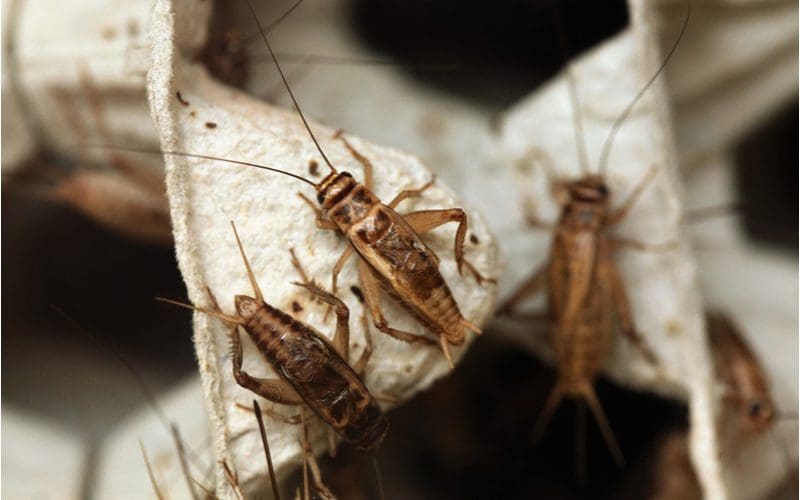 Vladimir Wrangel/Shutterstock
Vladimir Wrangel/Shutterstock
If you suspect you have a cricket infestation, you're probably right! Unlike silent insects like fleas and bed bugs, crickets are at least considerate enough to let you know they've arrived as uninvited house guests.
To be sure you have a cricket infestation, watch out for these signs:
- The chirping is much louder than normal.
- You've spotted crickets inside your home.
- There's visible fraying and holes along the edges of your rugs, carpets, curtains, and clothing.
- The pantry shows signs of chewing, particularly on fruits and vegetables.
Step 2: Identify the Type of Cricket
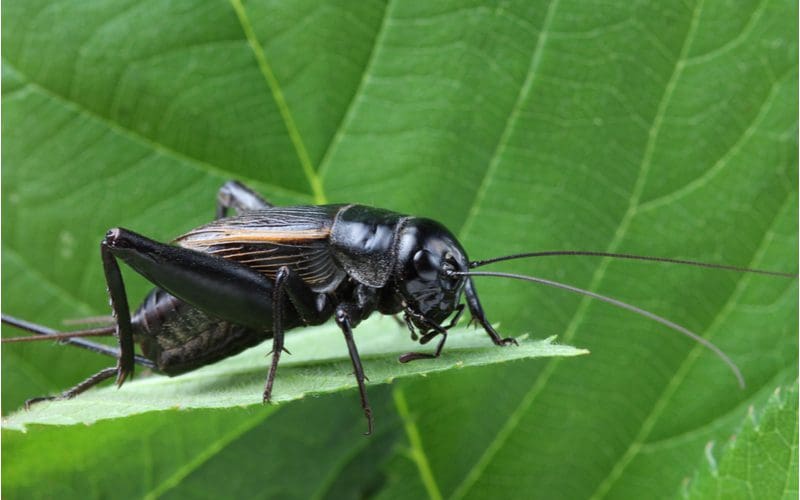 Alexander Sviridov/Shutterstock
Alexander Sviridov/Shutterstock
Four cricket species (of an existing 900) are most commonly the culprits behind your infestation: house crickets, mole crickets, field crickets, and camel crickets.
It's important to know which species you're dealing with because each has their preferences for where they nest, what kinds of foods they are attracted to, and what environmental conditions cause them to seek shelter indoors.
Once you can spot the signs of a potential infestation, you can be more diligent in preventing them in the future.
House Crickets
Aptly named for their tendency to sneak into homes, house crickets thrive in warm, moist environments. During the summer, you're more likely to see them hopping around your local landfill, but once autumn temperatures arrive, they'll move indoors, where they can survive through the winter.
House crickets are less than an inch long and yellow-brown. Adults have three dark brown bands across their heads. This species can be a particular nuisance because they love to eat both natural and synthetic fabrics. A cricket infestation can do severe damage to your clothing, carpets, and upholstery.
Mole Crickets
These critters are unlike most crickets because they're terrible jumpers who prefer a life underground. Their peculiar appearance actually resembles a mole, hence the name! Mole crickets are more likely to ruin your lawn than they are to infest your home because their tunnels ruin grassroots.
When their tunnels flood, though, they will come up to the surface in search of dry land. Unfortunately, that might be your basement.
Field Crickets
Field crickets are black with antennas that are longer than their body. They can grow up to 1.5 inches long. Generally, they inhabit croplands, feasting on the plants.
Cooler weather forces them indoors, where they feed on your natural fibers, like cotton, silk, and linen. Unlike house crickets, field crickets don't do well inside and will typically die before the end of fall.
Camel Crickets
With their extremely long hind legs and large, humped back, it's not hard to figure out where this quirky cricket got its name. They also don't have wings, so they don't have a chirping song. Unlike the other three species, camel crickets are much more likely to infest homes during the summer, when the weather is hot and dry.
Camel crickets prefer to live under stones, in caves, and in other cool, damp places, so crawl spaces, basements, and wells are their favorite places to hide. Camel crickets are not destructive, but an infestation can create an unpleasant odor and attract other creatures who want to make a meal of them.
Once you have identified the species, you can trap adults by targeting areas where a particular type of cricket prefers to congregate. Insect glue traps work well in areas that are out of the way of regular foot traffic.
You should be cautious if you have curious pets or children who might get their hands on them. You can also use crickets' love of sugar against them. Find a shallow bowl, pour some molasses in the bottom, and fill it about halfway with water.
Then, place this cricket-attracting concoction in rooms where you suspect you have an infestation. When the pests smell the sweet syrup, they'll jump into the bowl and drown. Empty and refill the bowl often.
Step 3: Get Rid of Nesting Areas
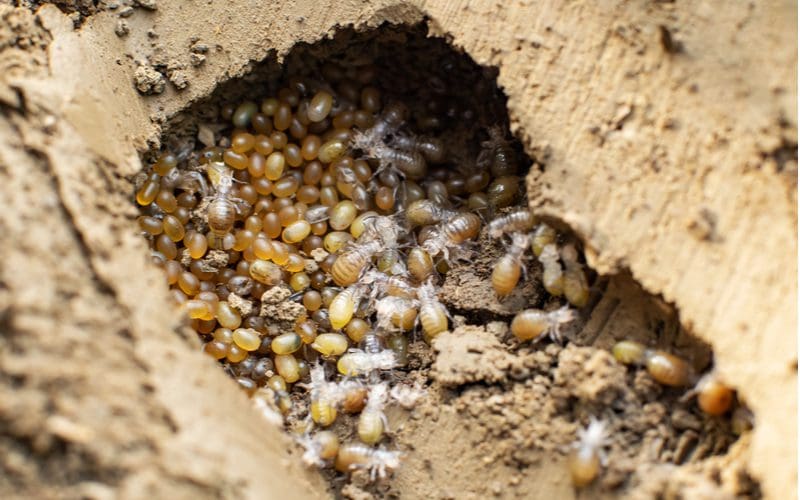
Soru Epotok/Shutterstock
Next, take a walk around your home, paying particular attention to entryways, like windows and doors. Crickets are capable of squeezing through tiny crevices, so seal any opening up with caulk. You can also use weather stripping.
You can prevent crickets from squeezing underneath doors by purchasing rubber seals that stick to the bottom or slide underneath. If you prefer to keep your windows open, check all of your screens for holes. Replace any that are damaged.
Crickets like moisture, so keeping your home dry is key to preventing future invasions. Basements are particularly prone to cricket problems because they're naturally an ideal environment for nesting. You can combat this issue by placing a dehumidifier in damp basements and installing adequate ventilation.
Trash cans are also problematic because they contain the precise aromas that send crickets into a feeding frenzy. Put tight-fitting lids on any trash receptacles and keep your dumpster as far away from your home as possible.
Step 4: Eliminate the Eggs
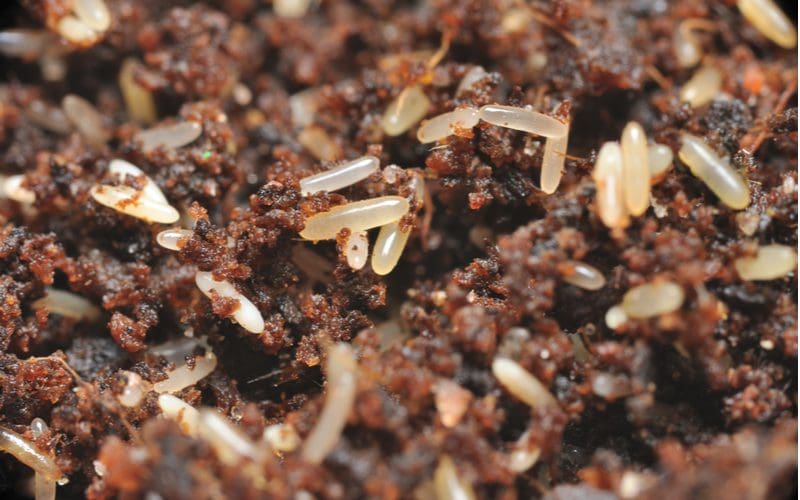
D. Kucharski K. Kucharska/Shutterstock
In her lifetime, a female cricket can lay 100-200 eggs, but they take around 14 days to hatch. That means that it's absolutely critical to get rid of all eggs before they become a new generation of irritating, chirping insects for you to deal with.
Thoroughly vacuum all fabric surfaces, including couch cushions, chairs, mattresses, and rugs. If you vacuum uses bags, immediately seal the bag and filter in a plastic sack. If it's bagless, wash the dust collection bin with soapy water and replace the filter.
Step 5: Clean Up Your Yard
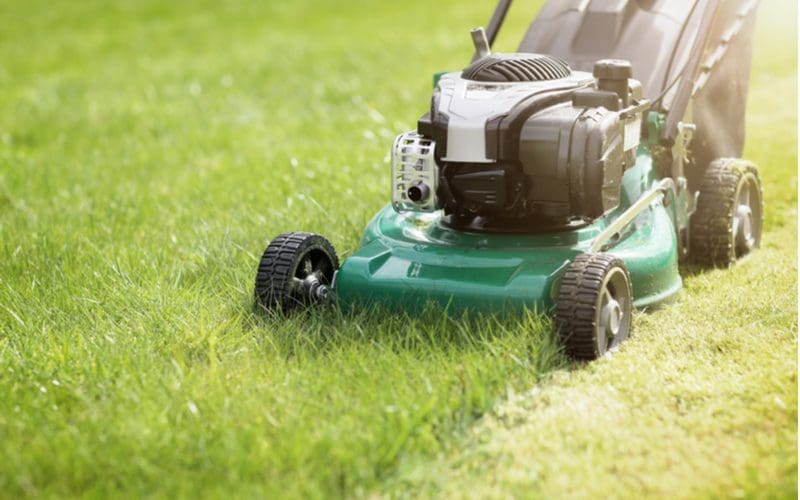
Brian A Jackson/Shutterstock
Once the indoor infestation is under control, it's time to tackle your yard. Start by cutting back any grass or vegetation that grows close to your home. If you have compost bins, planters, flower pots, or woodpiles, relocate them farther away from your house.
Mow your grass often, especially if you've recently had rain. If you have stagnant water, like kiddie pools or pet water bowls, empty and refill them daily. Standing water is a breeding ground for a variety of insects, including crickets.
Step 6: Apply Indoor and Outdoor Insecticide
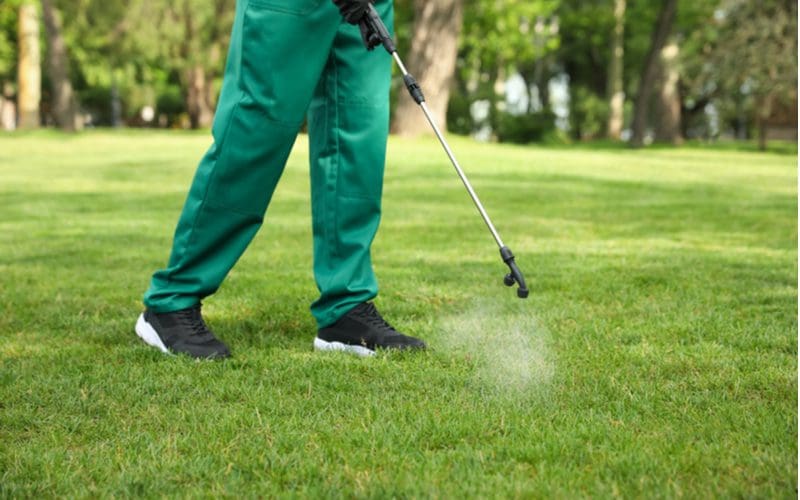
New Africa/Shutterstock
Deal a final blow to your cricket infestation with indoor and outdoor insecticide. There is a wide variety of options for safe, effective prevention:
Silica Gel and Silicon Dioxide
Silica gel and silicon dioxide dust (also known as diatomaceous earth) are low-toxicity options that work by attaching to the cricket's exoskeleton and dehydrating it to the point of death. The dust is beneficial for blowing into cracks, crevices, and crawl spaces and can be effective for several years if the area is kept dry.
Boric Acid
Boric acid is a processed form of the mineral boron that acts as an effective poison absorbed through the insect's exoskeleton.
Botanical Dust
Botanical dust consists of dried, ground plants that contain natural insecticides. One example is the chrysanthemum, or mum, loaded with pyrethrum, an ingredient regularly used in commercial insecticides like bug bombs and sprayers.
Commercial Products
Commercial sprays, powders, and granules often contain at least one of the ingredients mentioned above, as well as synthetic chemicals shown to repel and kill insects.
Things to Consider
In most cases, it's a pretty simple process to get rid of crickets in your home, but keep in mind a couple of precautions:
- If you have children or pets, be highly cautious with insecticides. They're often toxic to humans.
- Check the back of your insecticide bags to see if there's a warning about staying off of your lawn. Many suggest at least 3-6 hours, so make sure Fido has a chance to go to the bathroom before you spray.
- Before you start snacking, inspect your food. Crickets may have made their way into a box of your favorite cookies, leaving waste behind.
- Pet owners with insectivores should be cautious with their stash of live crickets. It's not uncommon for an infestation to start after accidentally knocking over a carton of them or forgetting to secure the lid properly.
So, How Do You Get Rid of Crickets?
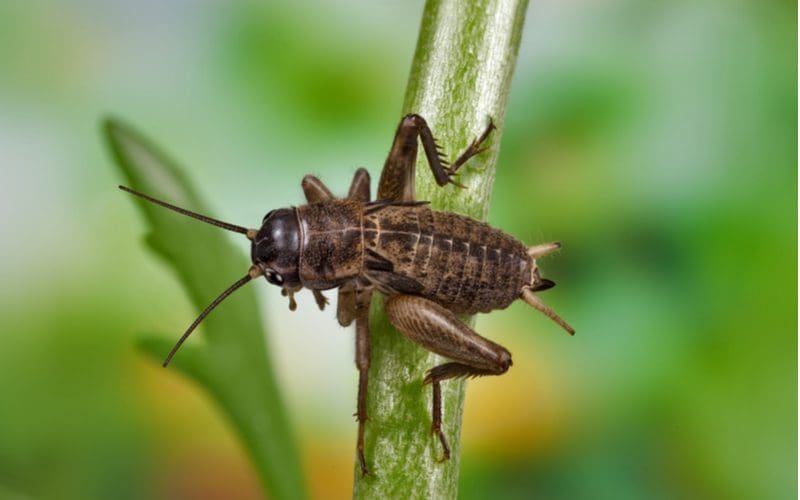 Anatolich/Shutterstock
Anatolich/Shutterstock
We hope we've helped you figure out how to get rid of crickets in your home. By taking care of the problem quickly, sealing any crevices, cleaning up eggs, and treating both inside and outside with insecticides, you can get rid of these chirping nuisances and finally get a decent night's rest.
Of course, if the problem is overwhelming or you aren't sure where to begin, speak with a professional pest control company. They'll have the tools and know-how to stop the infestation in its tracks.
The post How to Get Rid of Crickets | An Easy 6-Step Guide appeared first on REthority: Real Estate Guides, News, and More.
 Vladimir Wrangel/Shutterstock
Vladimir Wrangel/Shutterstock





No comments:
Post a Comment